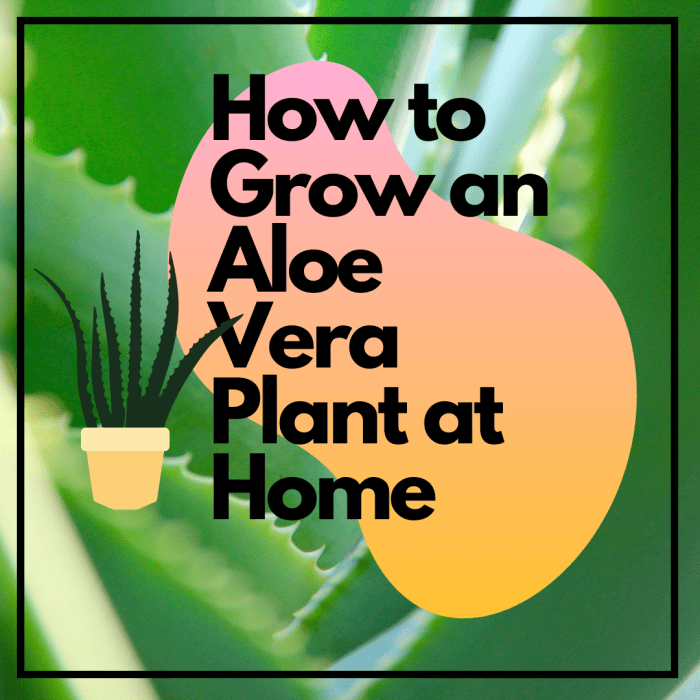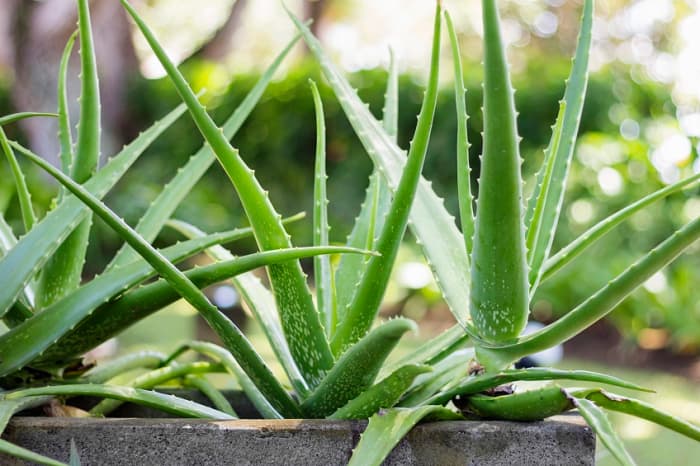Different Types Aloe Plant Pictures
Hi, I'm Sam, I enjoy writing about nutrition and health-related topics, especially alternative and plant-based remedies.

Aloe vera plants have medicinal properties and are great to have on hand at home.
Image by StockSnap from Pixabay
Why Should I Grow Aloe Vera Plants?
Aloe vera plants are attractive, relatively easy to grow, and have a wide range of uses, making them one of the most popular house plants out there. People love to grow aloe vera plants for their health benefits, ranging from soothing sunburn to supporting the digestive system as a dietary supplement. With long, bright green leaves, aloe vera plants also look great and can add some vibrant color to your garden or home.
Even if you aren't blessed with a green thumb, you should be able to grow aloe vera plants without a problem. The guide below covers everything from what kind of potting soil you should use to how often you should water these plants. Follow these guidelines on how to grow aloe vera plants, and you'll have an attractive and plant for a long time.
What Kind of Plant Is Aloe Vera?
Aloe vera is a succulent that grows natively in tropical climates, such as North Africa and Sudan. Today, the plant grows widely in temperate areas such as Australia, Mexico, and the southern U.S., as well as in households all over the world. As a succulent, aloe vera can survive with minimal water, making it a hardy plant.
There are a few varieties of aloe vera, but the most common (which you'll be most likely to find in a gardening shop) is known as spotted or aloe vera chinensis. This species has long, thick green leaves with small white spots and prickly edges. The thick leaves can be broken off and squeezed to produce the gel that the plant is well known for. You can harvest your own aloe vera gel to make your own products.

Spotted aloe vera (chinensis variation).
Where and How to Grow Aloe Vera Plants
Aloe vera plants can be successfully grown indoors or outdoors, but they need plenty of sunlight and are sensitive to frost. If you are growing aloe vera indoors, you should place it in a west- or south-facing window so that it gets plenty of light.
If you grow it outdoors, you should plant it in a pot that you can bring inside during cold weather. Otherwise, you should cover the plant with a tarp during frosts. Because the plant consists largely of water, it is highly susceptible to frosts.
Best Soil and Pot to Grow Aloe Vera
As a succulent, aloe vera does best in dry, fast-draining soil. Look for soil mixes that are marketed for cacti or succulents. Alternatively, you can add perlite to regular potting soil.
You should also make sure you choose a pot with sufficient drainage at the bottom. If the soil cannot get dry between watering, your plant will not do well. Aloe vera's root system spreads out horizontally, so you should choose a pot that is wide rather than deep. If you are planting multiple plants, leave a few inches between them to give them room to grow.

Spread out aloe vera to give the roots the room they need.
How Much Light Does Aloe Vera Need?
Aloe vera plants originated in tropical regions, so they need plenty of sunlight. Make sure that it's placed in a window that gets plenty of light if indoors, or in a sunny spot outdoors. If you don't have enough light inside, you can use an artificial plant light to supplement the natural sunlight. Your plant will grow towards the light, so you may want to rotate it periodically to keep the leaves straight and upright.
Watering Aloe Vera Plants
Aloe vera is made to survive with little water, so you have to be careful not to over-water your plant. You'll need to water your aloe vera plant roughly once a week, but the timing will depend on a number of factors, such as the season, the amount of sunlight, the size of your plant, and how dry your air is.
The best way to tell when to water your plant is to feel the soil. Stick your finger down into the soil. If it feels wet or moist, you can wait a little longer. If the soil feels dry, it's time to water again. Water thoroughly so that the soil is soaked. When you start to hear water coming out of the drainage hole, you can stop. Then let the soil dry out before watering again.
You can also use the leaves to judge whether your plant needs water. The leaves will feel moist and cool when they have enough water stored inside. If they start to feel thin and brittle, they need water. During the winter, aloe vera plants become dormant and grow more slowly, and they need less water accordingly. You'll probably need to water every two weeks rather than every week. Again, use the touch test to judge whether your plant needs water. Be careful of overwatering, as that can lead to root rot or fungus. If in doubt, wait to water.

Aloe vera can be grown indoors or outdoors.
Image by Free-Photos from Pixabay
Should I Use Fertilizer?
Aloe vera plants are pretty self-sufficient and don't really need to be fertilized. If you want to give your plant a little extra boost, however, fertilizing once a year in the spring is plenty. You should use a phosphorus fertilizer, but dilute it to half strength.
Warning Signs and Common Problems
Like all plants, aloe vera has potential problems. Luckily, you can usually spot warning signs and fix the situation before the plant dies.
Read More From Dengarden
Too Much Light
If you notice that the leaves are turning brown around the edges, it's probably getting too much sunlight. Move it somewhere where it gets more indirect light than direct, or where it is partially shaded.
Too Little Light
Conversely, if your plant stops growing or the leaves are drooping, it probably needs more sunlight. If you notice the leaves curling inwards and feeling brittle, they may not be getting enough water. If you see signs of fungus or root rot, however, you may be watering too much.
Root Rot
If your plant is wilting or you notice soft roots, rot may be your problem. If it is in the beginning stages, you can likely fix the problem by watering less often. If the rot is more advanced, though (you may notice a bad smell and soft leaves), you'll probably need to repot the plant in fresh, dry soil. You should also cut off any rotten roots.
Mealybugs
Another common problem for aloe vera plants is mealybugs, flat brown bugs that will suck the gel out of your aloe vera leaves. If you notice these little bugs, you can buy a natural pesticide from your local garden store. That should protect your aloe vera plant and keep it growing healthily.
If you follow these steps for growing aloe vera plants, you'll have a beautiful and useful plant to add to your home or garden!
This content is accurate and true to the best of the author's knowledge and is not meant to substitute for formal and individualized advice from a qualified professional.
© 2019 Sam Shepards
Tarina foster on February 07, 2020:
Thank you for the info on aloe Vera my daughter in law. Gave me two but the leaves were already curling downwards. I sat them next to the window. For light but it got a little too chilly. I will buy a plant light. But one leave has turned yellowish brown. I started signing to it, played harmonious music. I did see a lil bug crawling out. I thought it was an ant, but no.
Sam Shepards (author) from Europe on August 07, 2019:
Haha, enjoy, enough horizontal room for the roots, don't water too much (is used to dry climate) and give it some light and you'll do ok.
Larry Slawson from North Carolina on August 07, 2019:
I actually just got my first Aloe Vera plant the other day. Hoping it survives the next few weeks haha. Great article, thank you for sharing!
Sam Shepards (author) from Europe on August 06, 2019:
Hi Eric,
If you have room go ahead. In general aloe vera is fairly easy to grow. Don't overwater, they are used to dry climates. They are succulents so family of the cacti. Don't put them outside when it's freezing cold and make sure they have enough sun, turn them regularly if they start to grow uneven or have brown coloring on leaves. That's about it and you don't have to grow them just to harvest the aloe vera gel. They also look nice.
We have them in pots, because we put them inside in from November till February.
Eric Dierker from Spring Valley, CA. U.S.A. on August 06, 2019:
I have in Front and back gardens and in the house. Why not. Good piece here
Different Types Aloe Plant Pictures
Source: https://dengarden.com/gardening/Growing-Aloe-Vera-Plants-At-Home